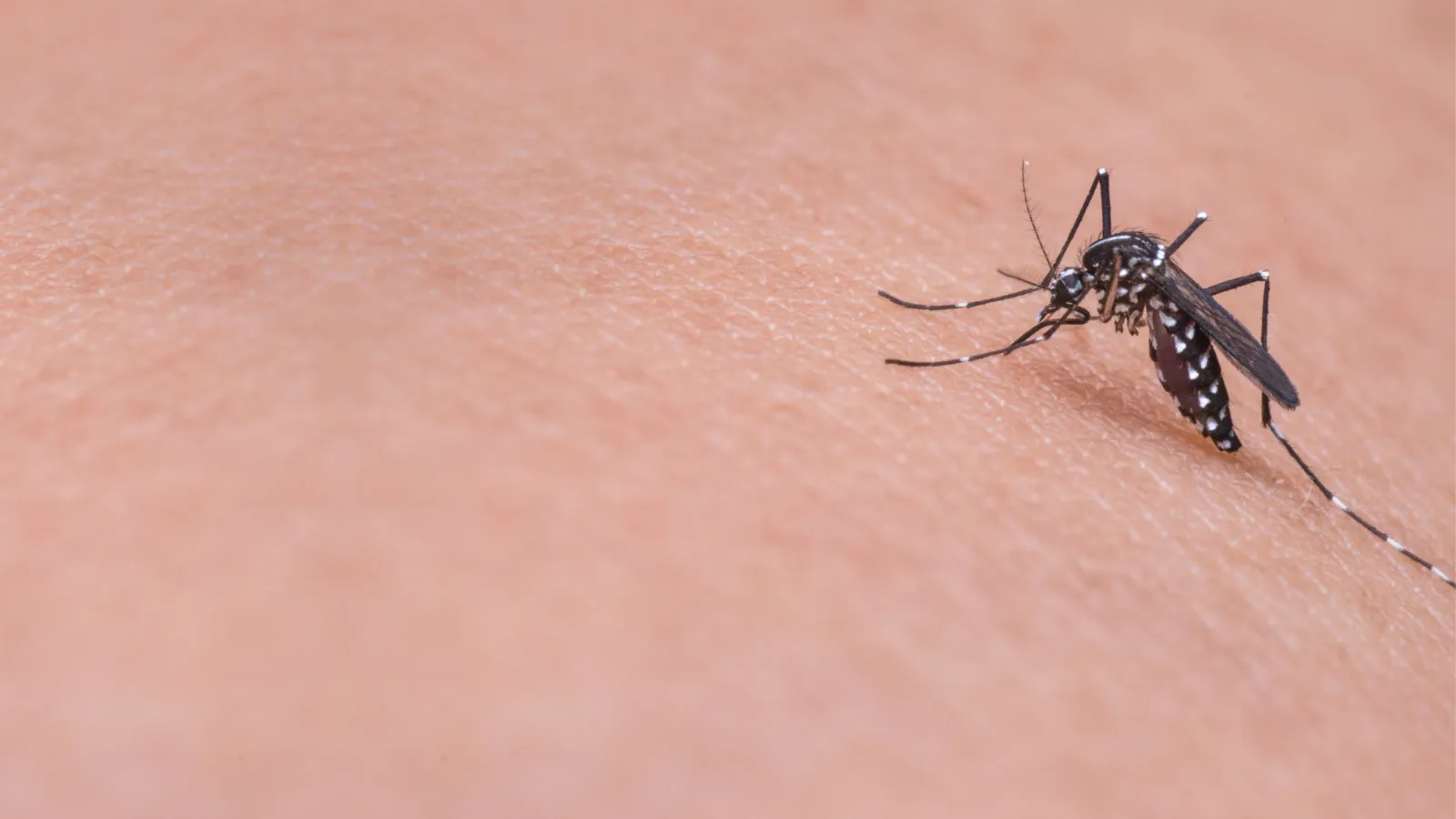
Mosquitoes
Latin Name: Culicidae
Mosquitoes are one of the oldest pests known to man; these insects have been around since the Jurassic period and have had 210 million years to develop. Today, there are more than 3,500 species of mosquitoes around the world. Only 175 of these species can be found in the United States, but those do include some mosquitoes known to carry diseases, like the Anopheles (malaria) and Culex tarsalis (West Nile).
All mosquitoes follow the same basic life cycle steps, but the time spent in each stage can vary. Beginning with the egg stage, mosquitoes transition through larva, pupa, and adult stages before new eggs are laid.
Female mosquitoes can lay up to 300 eggs at a time, but 100 is the more common number. These eggs must be laid on or near a water source, and they will not hatch until they are fully submerged in water. Especially in warmer places like South Carolina, mosquito eggs can survive over the winter while they wait for water.
Larvae will emerge from the eggs once they have been immersed in water; these mosquitoes in the making will feed on microorganisms in the liquid, molt several times, and become pupae. These pupae will continue to develop and emerge as fully-formed adult mosquitoes.
Adults can live between two weeks and six months. Their job at this stage is simple: to produce more mosquito eggs. Males will feed on the nectar of plants, while females seek out blood meals that will provide protein for their eggs. After the female has been fed, she will rest for several days and then give rise to the next generation of pests.
Beyond simply being irritating, mosquitoes are disease carriers and responsible for more than a million deaths each year. Because of how deadly mosquitoes can be, combating them and monitoring their populations are public health issues.
For more information on how to protect your home or neighborhood from mosquitoes, contact Palmetto Exterminators today.
Similar Pests: Fungus Gnats